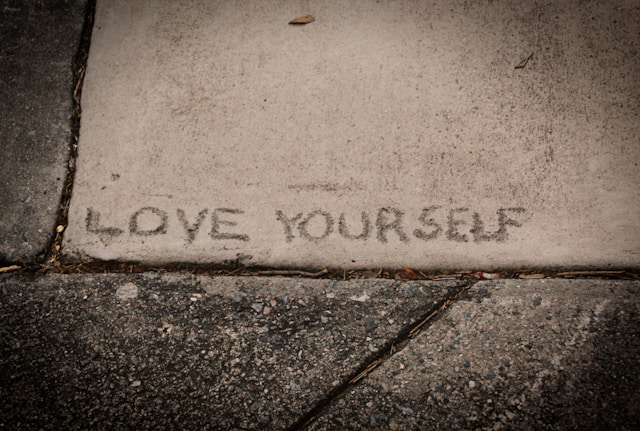Most of us understand empathy. It’s that flicker of sadness when a friend is hurting, or a spark of joy at their success. However, for people with an hyperempathic mind, empathy is a constant, high-beam floodlight. This is hyperempathy, an intense, often overwhelming, experience of another person’s perceived emotions, sometimes even physical sensations. It can be a source of profound connection and also a cause of exhausting emotional drain. In the past, we’ve talked about how to understand hyper-empathy.
So, where does it come from? Is it a genetic roll of the dice, or is it sculpted by our life experiences? The scientific and logical answer is that it is almost certainly both. The old nature versus nurture debate is a false dichotomy here. A more accurate model is that genetics lays down the basic wiring, and environment and experience then act as the electrician, completing the circuit for life.
The Genetic Blueprint: A High-Sensitivity Nervous System
Let’s start with the hardware. Research suggests that some people are simply born with a nervous system that processes sensory and emotional information more deeply. The concept of Sensory Processing Sensitivity (SPS) provides a useful framework. Think of it not as a disorder, but as a trait.
Individuals with this trait have a brain that demonstrates:
- Lower sensory thresholds: Sounds, lights, and social cues are registered with higher fidelity and less filtering.
- Deeper cognitive processing: The hyperempathic mind doesn’t just notice a subtle shift in someone’s tone of voice; they ruminate on it, exploring its potential meanings and implications.
- Heightened emotional reactivity: The brain’s mirror neuron system (a network linked to understanding and simulating the actions and emotions of other people) may be more active or easily engaged.
This isn’t a choice. It’s a neurobiological predisposition. You can think of a hyperempathic person’s brain as a satellite dish with a much larger receiver, picking up signals that others miss and amplifying the ones everyone gets. This genetic setup provides the capacity for hyperempathy.
Read more